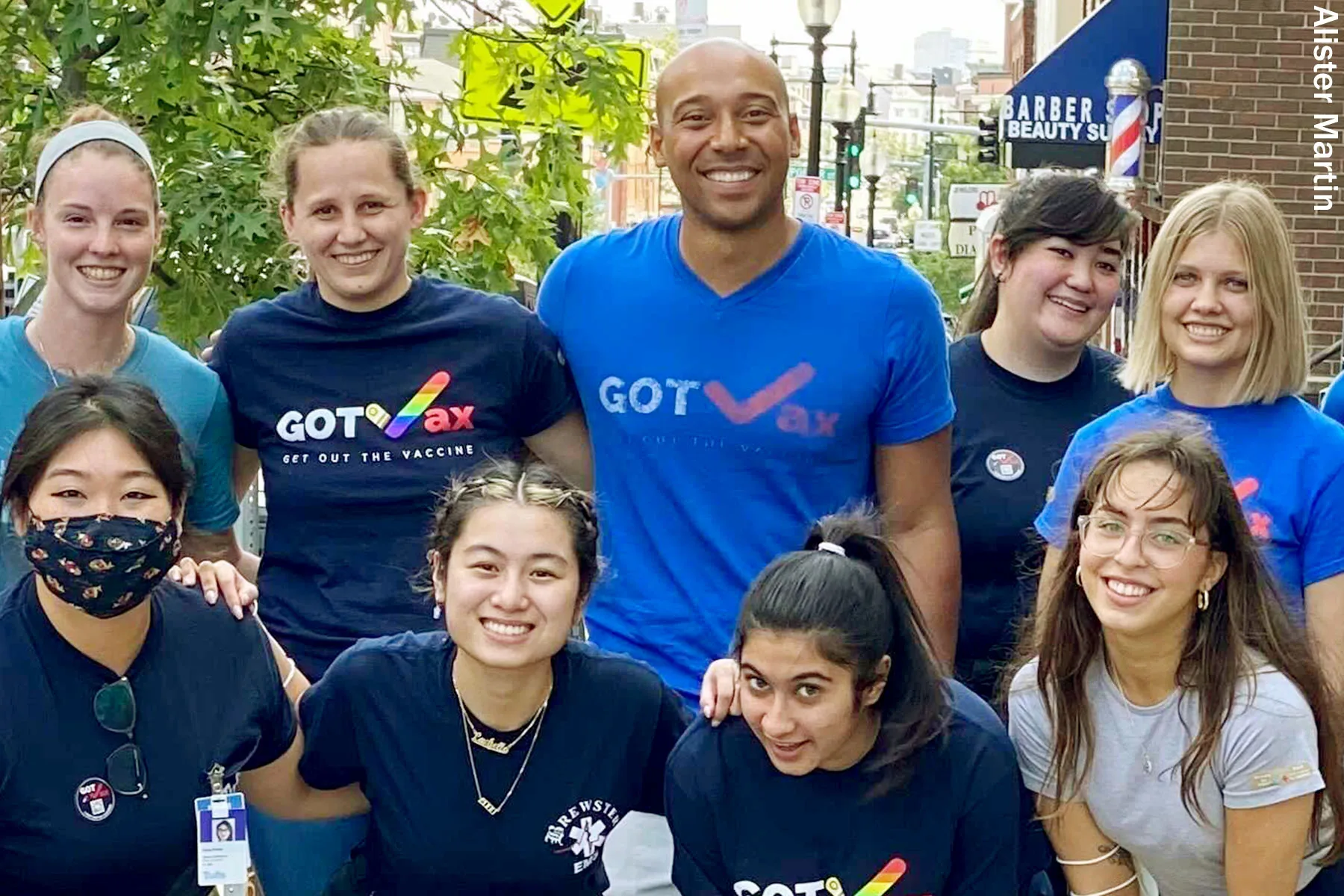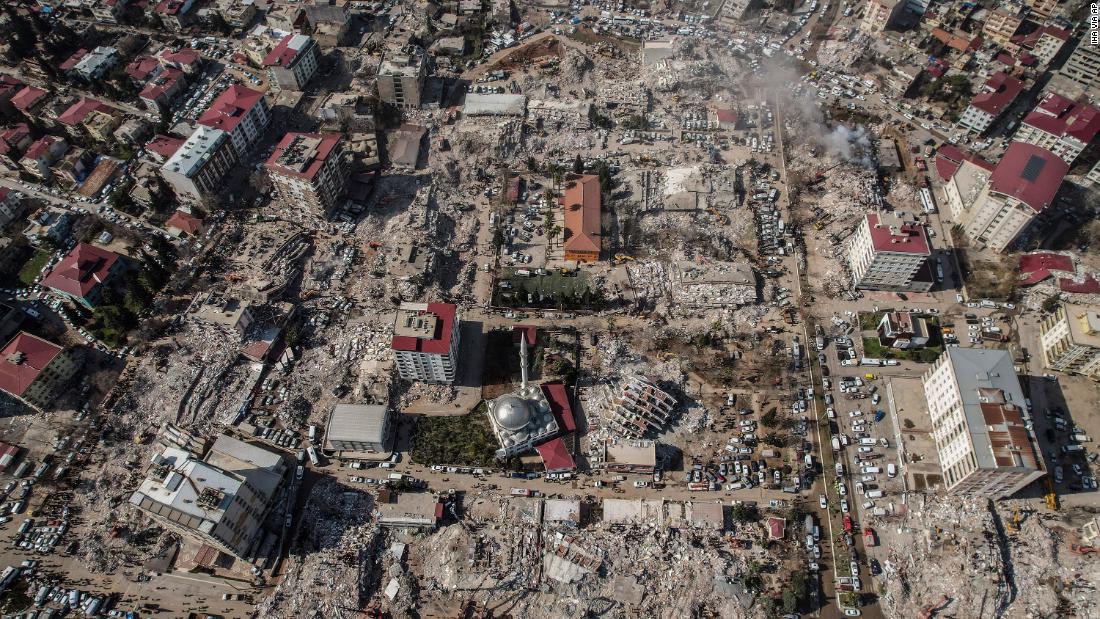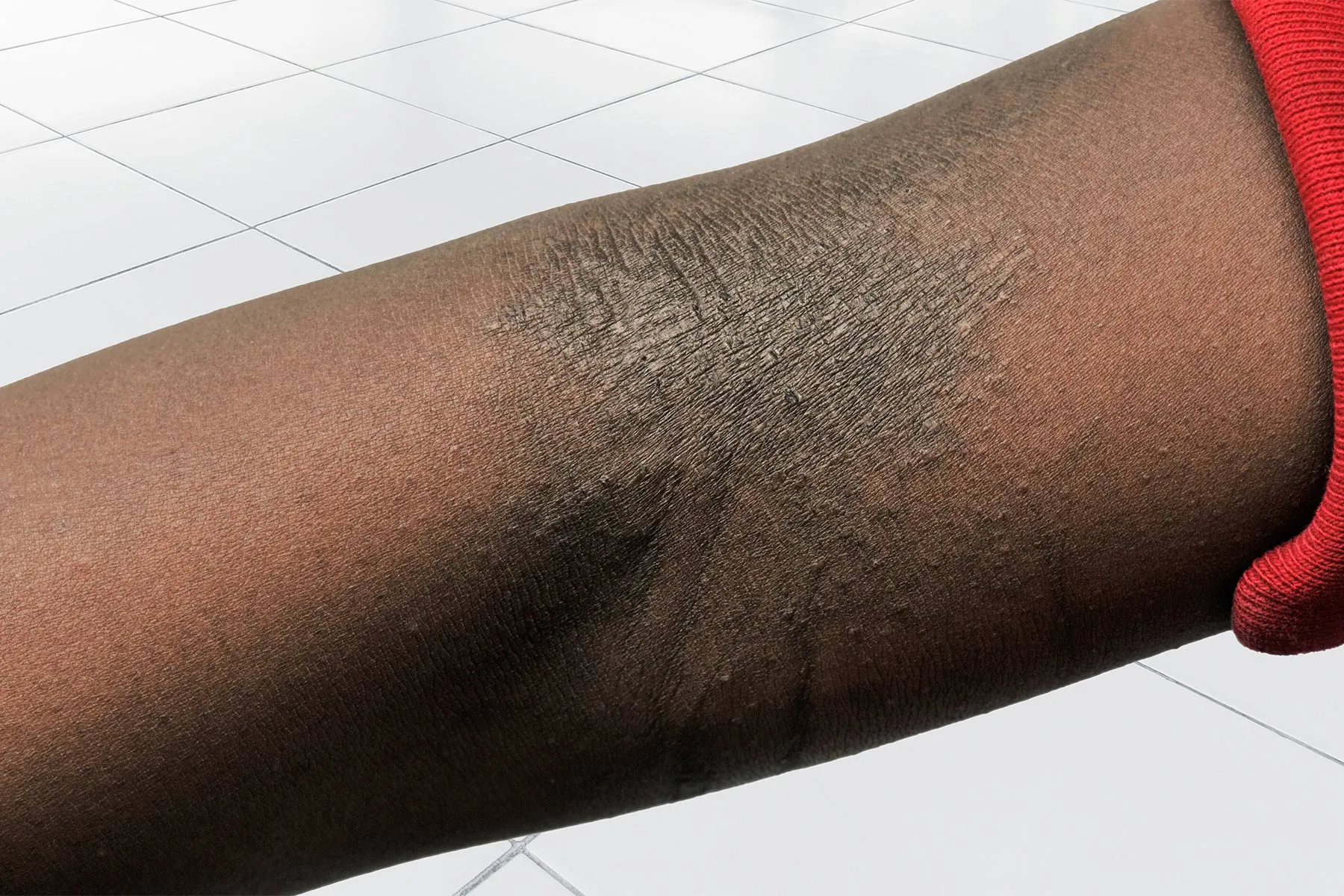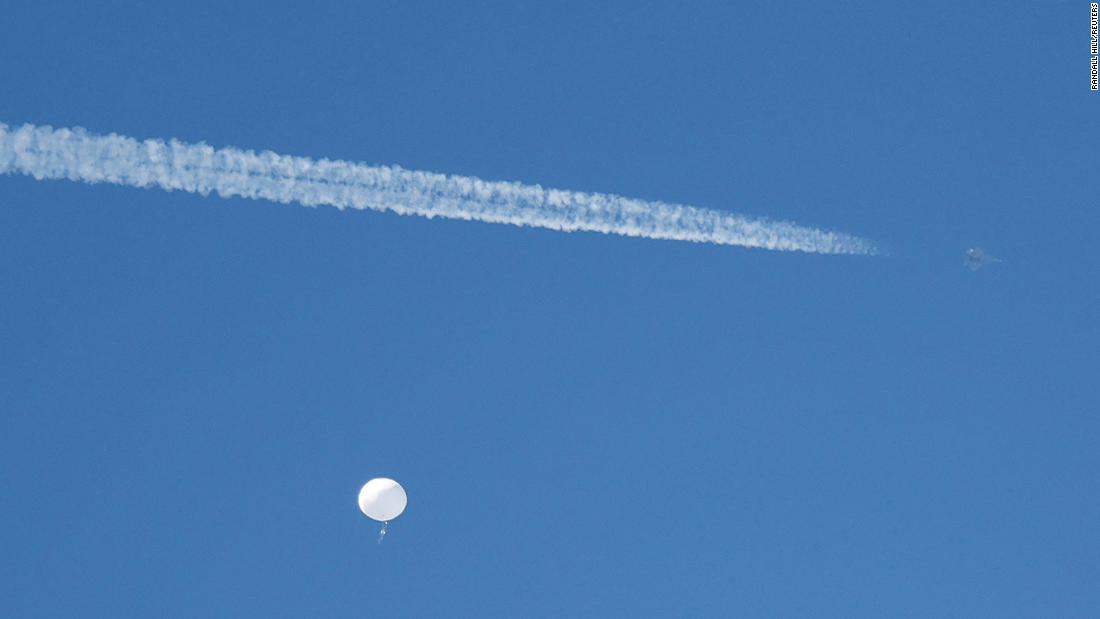Reports of Online Child Abuse Imagery on the Rise, Improving Perpetrator Identification
The 35 percent increase in reports could represent an improvement on the part of platforms to identify and remove abusive content.

The National Centre for Missing and Exploited Children (NCMEC), the U.S. nonprofit organization in charge of coordinating reports on online child abuse imagery, has found that a record 29.3m items of child abuse imagery were found and removed across the internet in 2021, a 35 percent increase from 2020, reports The Guardian. However, the center said the increase in reports was not necessarily a cause for alarm and could represent an improvement on the part of platforms to identify and remove abusive content. The overwhelming majority of reports made to NCMEC came from Facebook, where 22 million pieces of child abuse imagery were reported alone, while revealing Instagram made 3.3 million reports and 1.3 million on WhatsApp. Google made 875,783 reports and Snap 512,522, with OnlyFans, represented on the list for the first time, with its owner, Fenix International, making 2,984 reports in 2021.
Meanwhile, in an op-ed for The Hill, Elizabeth L. Letourneau, a professor in the department of mental health and director of the Moore Center for the Prevention of Child Sexual Abuse at the Johns Hopkins Bloomberg School of Public Health, argues that the U.S. is not spending enough on research to prevent child abuse from happening. Letourneau explains that, since 2019, the U.S. federal government has increased its investment in child sexual abuse prevention research from essentially $0 to $2 million, but still only spends $1 in prevention research for every $3,125 spent on punishment for said crimes. The U.S. stands to spend $50 billion to keep 1.2 million people incarcerated for sex crimes against children until their projected release dates. During the same length of time, it will spend only $16 million on child sexual prevention research, says Letourneau, who insists that reaching $10 million in annual prevention funding would allow for a critical mass of research to flourish across the U.S.

 Landwebs
Landwebs 












/cdn.vox-cdn.com/uploads/chorus_asset/file/24430706/elon_musk_twitter_for_you.png)






